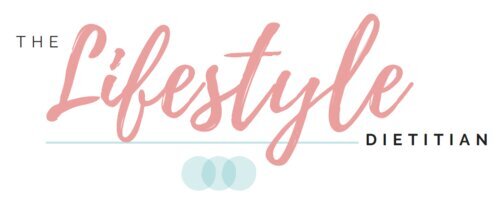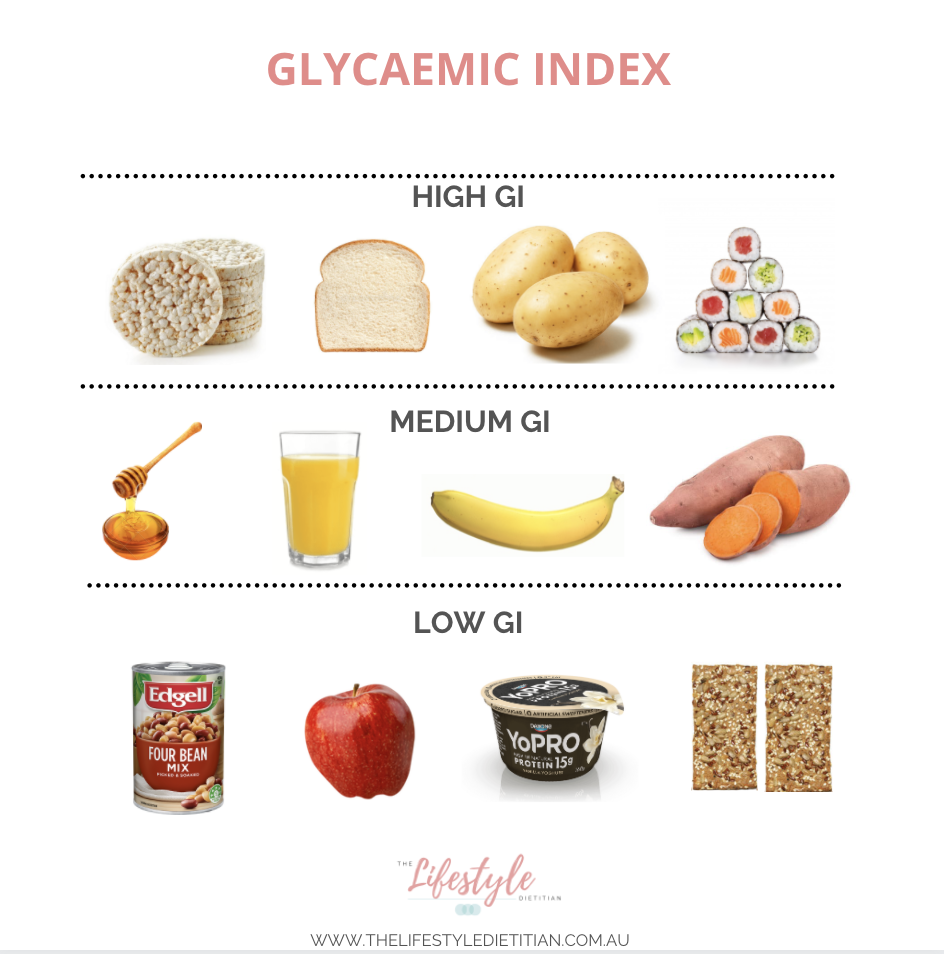Understanding Carbohydrates: Glycaemic Index and Glycaemic Load
Confused about carbohydrates? That’s well… normal. Not only is there a lot of information (and misinformation) when it comes to carbohydrates, but then we have glycaemic index (GI) and glycaemic load (GL). How do we know what to eat? Did you know that the majority of people think that GI relates to the “health factor” of a food? That is actually not the case and the GI refers to something completely different!
What is the Glycaemic Index?
Put simply, GI refers to the quality of a carbohydrate food individually and how it will affect your blood sugars. The GI of a food will fall somewhere between 0 and 100, with 100 being pure sugar. The the higher the value, the more effect it will have on your blood sugar levels.
The GI is ranked as either low, medium or high
Low GI is equal to or lower than 55
Medium GI is between 56 and 69
High GI is 70 or above
The lower the GI, the slower the food is broken down, digested and absorbed. This means it causes a slower and lower rise in your blood sugar levels.
Some examples of different foods include:
Low GI: beans, lentils, milk, fruit, oats, pasta and grainy breads
Medium GI: orange juice, honey, wholemeal bread and basmati rice
High GI: potatoes, short-grain rice (e.g. arborio, sushi rice) and white bread
What is best? Generally speaking we recommend going for low GI foods where possible. Not only will it have a smaller effect on your blood sugar levels, but it will also keep you full for longer. This means you are less likely to overeat or graze throughout the day.
Some foods can change GI depending on its ripeness, whether it is alone or paired with other foods, how it was processed and how it is cooked. For example, an underripe (or green) banana has a lower GI than a ripe (or spotty) banana. And pre-cut instant oats have a higher GI than rolled oats. As a rule of thumb, the more processed a food is, the higher the GI, and the higher fibre and fat content, the lower GI.
What is the Glycaemic Load?
GL, different to GI, refers to the amount of total carbohydrate in your food or meal. These two values are often used hand-in-hand to determine the effect of carbohydrate foods on your blood sugars. There are no hard and fast rules when it comes to GL, however we should try to keep our daily GL below 100. The higher the GL, the greater the impact on your blood sugar levels.
The GL is determined by multiplying the GI (in percentage) of your food by the total amount of carbohydrate (in grams) of that food. Sound confusing? Here is an example:
Say the GI of a medium potato is 90 and the amount of carbohydrate in that potato is 18 grams.
18 x 90% = 16 (therefore the glycaemic load of this particular potato is 16).
Now, we are not recommending you start calculating the GL of your meals, however the GL and GI are concepts you can use to manage your blood sugar levels.
HOW CAN I REDUCE THE GI AND GL OF MY MEALS?
Here are our top tips for reducing the GI and GL of your meals:
Choose higher fibre foods
Add a source of healthy fat to your meal, such as extra virgin olive oil, avocado, nuts or seeds
Include more legumes, lentils and beans in your diet
Load up on non-starchy vegetables (the colourful ones)
Don’t cut out fruit - but choose to eat it whole (not juiced)

